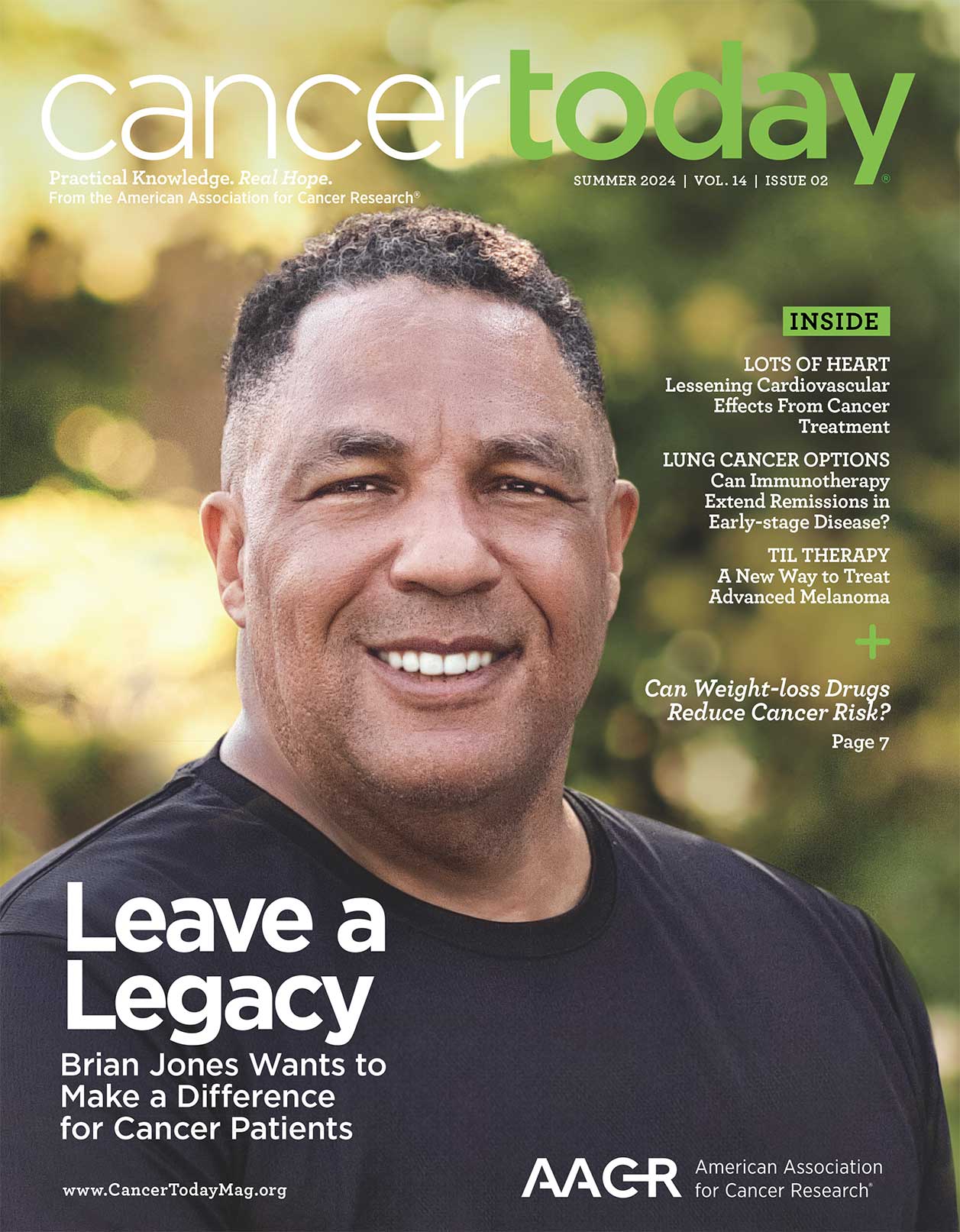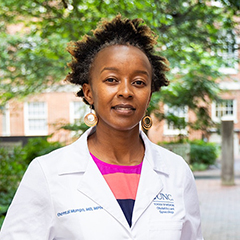CANCER, particularly when it is considered incurable, immediately imposes time pressure: How much longer will I live? While cancer treatments can extend survival, they can quickly become the center of a person’s day.
In a 2022 column published in the Journal of Clinical Oncology, Arjun Gupta and his colleagues coined a term for this concept: time toxicity. “We conceptualize it as the time spent in pursuing, receiving and recovering from cancer treatments,” says Gupta, a gastrointestinal medical oncologist and health services researcher at the University of Minnesota Medical School in Minneapolis. “It’s not a completely new concept. But I think the way we packaged it and put it out there has put it on the map.”
Gupta measures time toxicity as days in contact with the health care system, or “contact days,” regardless of the nature or length of the contact. Measuring time toxicity this way reflects a lesson he’s learned from patients: that even a seemingly short appointment can often become an “all-day affair,” he says.
Time toxicity is particularly relevant to patients with advanced, incurable disease, according to Gupta. In these cases, the survival benefit that another line of treatment could bring may be “eaten up” by the time toxicity of the treatment, he says.
It’s up to the patient whether a treatment like that is worth pursuing, says Gupta, but he hopes clinical trials will begin to measure and report time toxicity alongside survival benefit so that patients can make well-informed decisions about their care.
Gupta spoke with Cancer Today about the concept of time toxicity and what patients should consider when making treatment decisions.
CT: What’s the significance of naming and measuring time toxicity?
GUPTA: To go back historically, some of the other burdens of cancer care, such as financial toxicity, were unnamed until 2008 or so. Until then, being bankrupt from your cancer treatment was just accepted as something that happened. But since being named as financial toxicity, it’s been measured and acted upon, and there have been policy changes. Our hope for time toxicity is similar—that naming it so that it resonates with the oncology community can help us to better acknowledge and improve upon these time costs.
CT: How do you measure time toxicity?
GUPTA: We use a measure called health care contact days. What we mean by that is any day a patient with cancer spends outside the home receiving health care in a health care facility. Whether it’s a five-minute visit for a blood draw or an entire day spent in the hospital, it counts as a health care contact day. A day without contact with the health care system is called a home day, and the total of home days is the number of days of survival minus contact days.
CT: The idea that a day not in contact with the health care system is a “home day” seems to assume that the cancer patient is not working. How often is that the case?
GUPTA: I do not have exact numbers. But I will say that by home day, we don’t necessarily mean being at home and knitting in a corner or snuggling up in a blanket. A home day is a term to describe being able to do what you want, without your life being consumed by health care. It’s more of a free day.
CT: Your column on this topic says that time toxicity is particularly relevant to patients with advanced cancer and limited time. Could you talk about why that is?
GUPTA: I think time burdens are important to everybody, even people without cancer. There are plenty of people with early-stage cancer or who are pursuing curative-intent treatments who can be incredibly burdened by the time requirements of cancer care. However, we initially conceptualized this in the context of treatments that often provide marginal survival benefits. In patients with incurable, solid tumors, especially in later lines of therapy, the additional benefit of each further line of therapy can be smaller and smaller. That’s why this setting—where we know time is limited and we don’t have people suddenly being cured or living years longer—is where the importance of time becomes more magnified. It becomes more important to consider how people want to spend their time, not just how much time they have.
CT: Do you imagine that in the future, when the Food and Drug Administration (FDA) announces the approval of a new treatment, it will report the treatment’s time toxicity alongside its side effects?
GUPTA: That’s our goal. But before the FDA or any regulatory body makes decisions on whether to approve the drug and what to put on the label, the oncology community needs to rethink how we design and report data from clinical trials. It’s on us to demand that clinical trials require that the magnitude of survival benefit be clinically meaningful to patients, that they report the time toxicity of the treatment alongside survival data so that that the potential survival benefit is not eaten up by the drug’s time toxicity.
CT: What characteristics of a treatment make it more or less time toxic?
GUPTA: How it is delivered and how often. What sort of monitoring is required in between doses. This is all the planned burden. Then comes the unplanned time toxicity—all the stuff that happens due to physical side effects, such as nausea, dehydration or diarrhea, and all the health care use that comes from these side effects. In our work, we’ve found that for patients with advanced cancer who receive systemic therapy, around half of time toxicity is due to planned treatments and half is due to unplanned treatments. Patients have often said that as bad as planned time toxicity is, at least they know that on Monday, Wednesday and Friday, they will need to take time off from work. There’s a rough plan in place. It’s the unplanned time toxicity that hits patients harder.
This interview has been edited and condensed for clarity.




